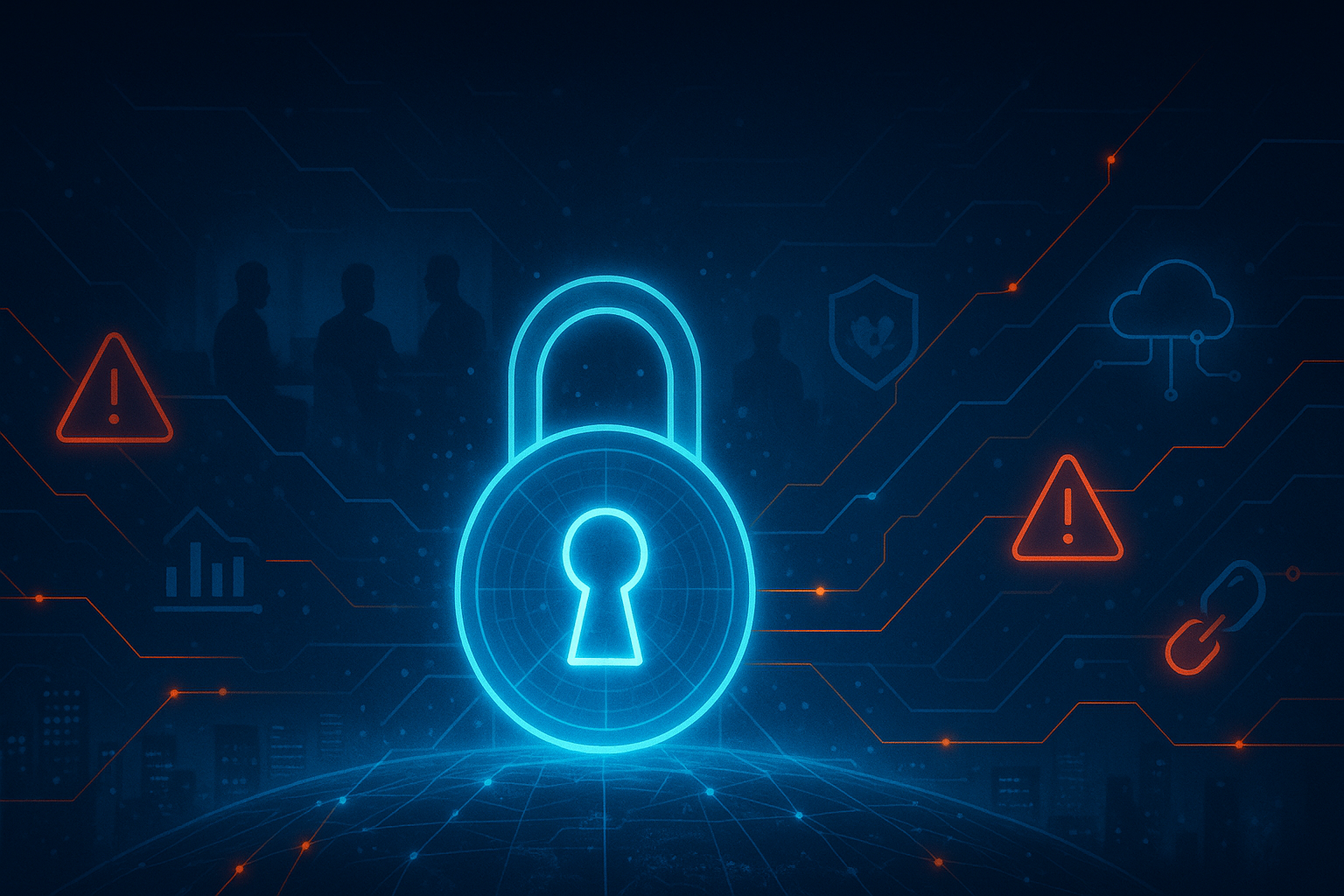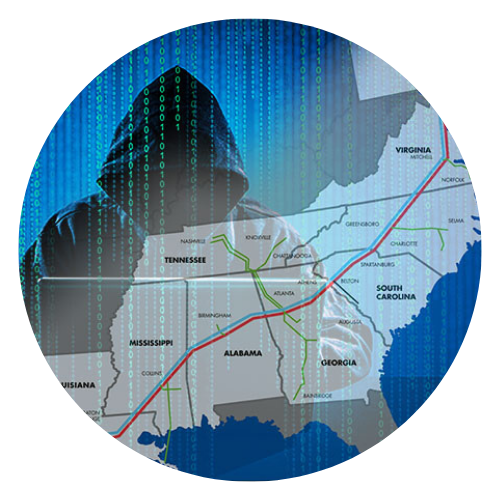Enterprise Risk in the Age of Cybersecurity Threats: Protecting the Core of Modern Business

Author: Marie Strawser, Managing Director, UMSA
Cybersecurity is no longer confined to the IT department—it now sits at the heart of enterprise risk. The threat landscape has escalated dramatically as digital infrastructure becomes the backbone of business operations. Ransomware, data breaches, and third-party vulnerabilities aren’t just technical problems; they’re business disruptors that can halt operations, erode customer trust, and damage brand equity in an instant. For executives, the message is clear: cybersecurity is a strategic imperative demanding board-level oversight, investment, and integration into every facet of enterprise risk management.
 The Cyber Threat Landscape: A New Class of Enterprise Risk
The Cyber Threat Landscape: A New Class of Enterprise Risk
Digital transformation, while driving innovation and efficiency, has significantly expanded organizations’ attack surfaces. Cloud infrastructure, remote workforces, third-party platforms, and connected devices have all contributed to a rising tide of cyber threats.
According to IBM’s 2024 Cost of a Data Breach Report:
- The average cost of a breach globally reached $4.45 million.
- 82% of breaches involved data stored in the cloud.
- Third-party compromises were responsible for a growing share of security incidents.
The implications go far beyond downtime or data loss. Cyber incidents can trigger:
- Operational disruptions that stall productivity or customer delivery.
- Regulatory penalties for non-compliance with data protection laws (e.g., GDPR, CCPA).
- Reputational damage that erodes customer trust and market value.
- Financial losses from lawsuits, ransom payments, and fraud.
 Why Cybersecurity Is Now a Board-Level Concern
Why Cybersecurity Is Now a Board-Level Concern
Traditionally, cybersecurity was delegated to the CIO or CISO. But in the age of digital business, cyber risk is enterprise risk. It impacts nearly every dimension of the business:
- Strategic Risk: A cyberattack can derail digital transformation initiatives or expansion plans.
- Reputational Risk: Data breaches can erode brand equity in minutes.
- Compliance Risk: Regulations are increasing in complexity and severity worldwide.
- Financial Risk: Cyber incidents have direct costs (recovery, ransom) and indirect costs (lost sales, stock price hits).
Boards and executive teams are increasingly being held accountable for cyber preparedness. Gartner predicts that by 2026, 70% of boards will include at least one member with cybersecurity expertise—up from under 20% in 2021.
Embedding Cybersecurity into Enterprise Risk Management (ERM)
Organizations must shift from a reactive security model to a proactive, integrated approach to manage cyber risk as enterprise risk. Here’s how:
-
Align Cyber Risk with Business Objectives
Cyber threats must be assessed not just by technical severity but by business impact. Ask:
- What critical business processes could be disrupted?
- What customer data, IP, or operational systems are most vulnerable?
- How would an attack affect investor confidence or compliance standing?
-
Implement Risk-Based Cybersecurity Governance
Develop a governance structure that includes:
- Regular board-level briefings on cyber risk.
- Enterprise-wide risk appetite statements that include cyber tolerance levels.
- Integration of cybersecurity leaders into risk and strategy discussions.
-
Conduct Enterprise-Wide Risk Assessments
Move beyond siloed vulnerability scans. Conduct enterprise risk assessments that:
- Include cyber scenarios (e.g., ransomware attack, insider threat).
- Account for third-party and supply chain risk.
- Use quantitative modeling where possible to estimate financial impact.
-
Integrate Cybersecurity into Business Continuity Planning
Business continuity and incident response plans should reflect modern cyber realities:
- Define digital systems’ recovery time objectives (RTO) and recovery point objectives (RPO).
- Run tabletop exercises with executive participation.
- Prepare for dual-impact events (e.g., a ransomware attack during a physical disaster).
-
Strengthen Resilience Through Culture and Training
Even the best tools can fail without an informed and vigilant workforce:
- Provide regular cybersecurity awareness training for all employees.
- Build a culture of shared responsibility—cyber hygiene is everyone’s job.
- Empower leaders to model best practices (e.g., using secure communication channels, MFA, strong password hygiene).

Real-World Risk: Lessons from Recent Attacks
- Colonial Pipeline (2021): A ransomware attack disrupted a major fuel supply chain in the U.S., showing how cyber threats can have physical and national security impacts.
- SolarWinds (2020): A supply chain attack affected thousands of public and private sector organizations, illustrating the ripple effect of vendor vulnerabilities.
- MOVEit Breach (2023): A zero-day vulnerability in a third-party file transfer tool led to a cascade of data exposures for corporations, government entities, and nonprofits.
These incidents underscore the need for enterprise leaders to think broadly about the systemic and interconnected nature of cyber threats.
Executive Takeaways
For the C-suite and board, cybersecurity is no longer optional or peripheral. It is central to enterprise risk management and essential to strategic success. Leaders must:
- Treat cybersecurity as a core business function, not just a technical requirement.
- Champion cyber resilience from the top.
- Invest in systems, people, and partnerships that strengthen the organization’s defense and recovery capabilities.
Conclusion
Cyber threats aren’t going away; they’re growing in frequency, sophistication, and impact. But for executive leaders, this isn’t just a challenge; it’s a call to lead. You move beyond reactive defense toward proactive resilience by embedding cybersecurity into your enterprise risk strategy. The organizations that treat cyber risk as a core business function—not just a technical concern—will be the ones that protect their assets, earn stakeholder trust, and maintain a competitive edge in an increasingly volatile digital economy.
The question isn’t whether your organization will face a cyber event; it’s whether you’ll be ready when it happens. Now is the time to act.



